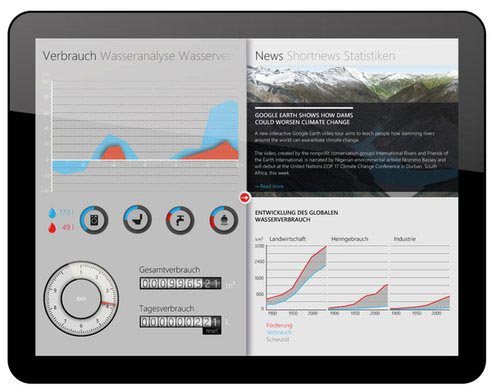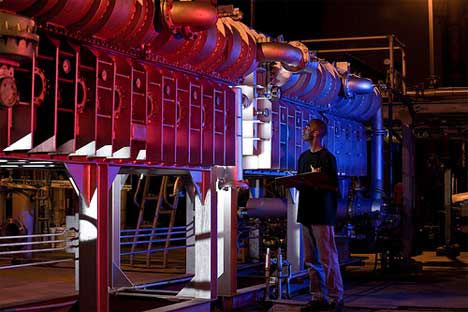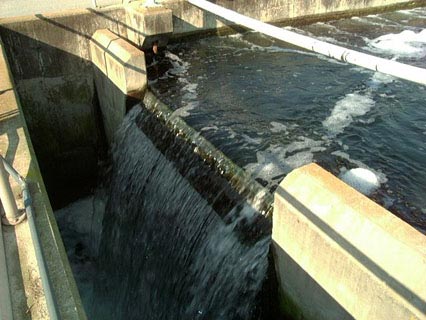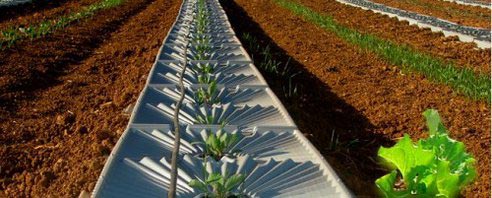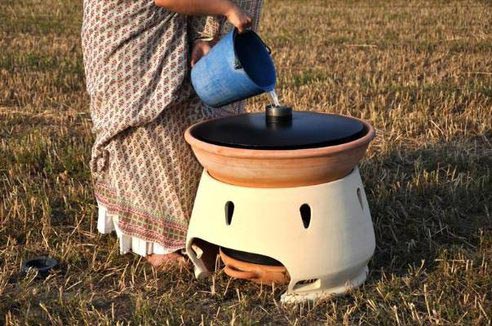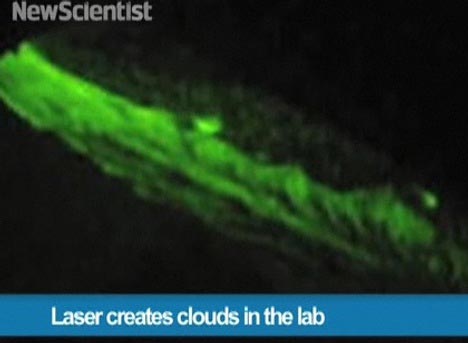Our ever-increasing population is stretching our ability to provide clean water for our needs, from agriculture and manufacturing to the most basic one of all: drinking water. But recent innovations in water technology may have some answers on tap to that problem.
1. Smart Water Metering:
Smart water meters go above and beyond the capabilities of the basic meter on the side of your house, enabling users to monitor their water usage more accurately (and only pay for the water they’ve actually used), and help water suppliers to identify leaks and thefts, as well as see where and when water usage is highest (and to charge accordingly).
In agricultural settings, using smart meters to determine when irrigation is needed, and monitoring it for efficiency, can be a huge boon in water conservation efforts, as agriculture accounts for approximately 80% of the U.S.’s consumptive water use.
2. More Efficient Desalination:
Most current desalination technologies use quite a bit of energy, and the effluent of some desalination plants can wreak havoc on the local environment (due to the high saline levels). Using a distillation process for desalinating seawater is also energy-intensive, unless renewable energy or ‘waste’ heat is captured and used instead of power from the grid, so future desalination solutions need to address both energy and effluent discharge to be more efficient. One possible solution, said to be 600 to 700% more efficient, is being pursued and is claimed to “be able to run on solar panels and produce 50 kg of water per square meter per hour”.
3. Wastewater:
An estimated 90% of wastewater goes untreated, and innovations in wastewater treatment and reuse could not only use that formerly-wasted water, but might also be able to reclaim many of the chemicals and minerals to further reduce our demands on those resources. Another possible use for wastewater is growing algae for biofuel, which could address a very different issue: reducing our dependence on fossil fuels.
4. Rainwater Harvesting:
Being able to harvest and store rainwater for use long after the rainy season is over could be another potential method for reducing groundwater usage and providing clean water. Rainwater harvesting systems can be as far-out as a giant umbrella, or as small and simple as gutters and rainbarrels on residential buildings. Some innovative groups are also working on portable rainwater harvesting and filtration units, which could be used as a standalone system, or integrated into rooftop collection systems.
5. Condensation and Fog Harvesting:
Even in areas without considerable rainfall, at certain times of the day the air contains enough moisture to be captured and stored. From fog catchers to dew catchers, sometimes just being in the right place at the right time with the right tool can help provide water in areas with no other viable options. Some of these designs are built to harvest water from both fog and condensation in arid regions, and others are atmospheric water generators suited for more humid areas.
6. Sustainable Water Filtration:
Gabriele Diamanti/CC BY 2.0
Sometimes, the problem isn’t lack of water, it’s lack of clean water and the ability to purify it. In areas with access to water which may be contaminated, sustainable water filtration systems can make the difference between life and death. Possible solutions for low-tech methods include using materials such as prickly pear cactus, tree seeds, ashes, or cow manure. Other purifiers are even simpler, and use just the sun, as in these two different versions of solar stills, the Eliodomestico and the Watercone.
7. Laser Cloud Seeding:
No, that’s not the title of a sci-fi movie, but a very real technology being pursued by researchers at the University of Geneva. According to Water Technology, “laser pulses generate clouds by stripping electrons from atoms in the air, encouraging the formation of hydroxyl radicals, which convert airborne sulphur and nitrogen dioxides into particles that act as seeds to grow water droplets.”
One of the most important ways to help us continue to provide water for our needs is be ever-vigilant about water conservation, as not using extra in the first place will always trump reclaiming it afterward by using additional resources.
It might take everything from lasers to wastewater, from the simple to the complex, to help provide water for a world with seven billion citizens, but with so many innovators in water technology, chances are we’ll begin to find the answers.
Source: http://www.treehugger.com/
Dear User/Visitor! Please, answer on our questions: tick off one of the positions – your answer will make us able to improve our site and make it more interesting and useful!

